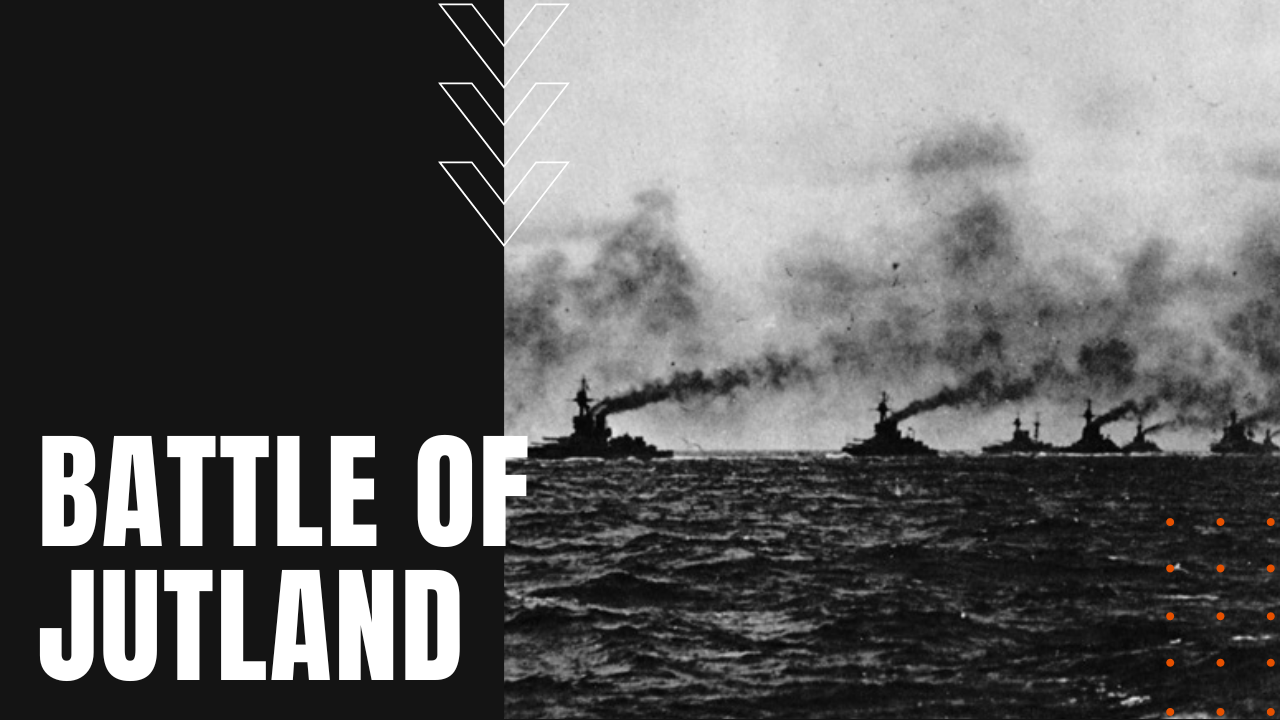Battle of Jutland: The Largest Naval Battle in History

Following the January 1915 Battle of Dogger Bank, the German navy backed away from direct confrontation with Britain’s numerically superior navy, relying instead on the lethal power of her U-boat fleet to sink Allied troop and supply ships.
By May of 1916, however, with the bulk of the British Grand Fleet anchored at Scapa Flow off the north coast of Scotland, German High Seas Fleet commander, Vice Admiral Reinhard Scheer pressed for the resumption of naval attacks on the British coastline.
Where Did the Battle of Jutland Take Place?
When foul weather hampered his reconnaissance airships, Sheer issued a second coded message that sent his massive naval armada to the Jutland Peninsula between Norway and northern Denmark, with orders to attack Allied shipping interests, along with the secondary objective of punching a hole through Britain’s formidable blockade, which had thus far blocked German access to the Atlantic.
Instead, a newly created British intelligence unit known as Room 40 cracked Sheers’ code, warning British Grand Fleet commander, Admiral John Jellicoe of the impending attack, who in turn ordered his massive armada from Scapa Flow to the Jutland Peninsula.
The Battle of Jutland
The two enemy fleets first came together at 3:48 PM on May 31st, under the command of German Vice Admiral Franz Hipper and British Vice-Admiral Sir David Beaty. The 55-minute gun battle led to the loss of two British cruisers, at a human cost of 2,000 sailors.
An hour later, the arrival of Scheer’s armada forced Beaty into a delaying action until Jellicoe arrived with the remaining Grand Fleet, kicking off what would prove to be the largest naval battle in the annals of naval warfare.
Before Scheer slipped the field under the cover of darkness, the Battle of Jutland engaged some 100,000 men aboard 250 warships, leading to the loss of 11 German ships at a cost of 2,551 men, while the British lost 14 ships and 6,094 lives.
Who Won the Battle of Jutland?
Both sides claimed victory, in what would prove to be the last major battle in world history fought almost entirely by battleships. After the Battle of Jutland, Scheer advised the German high command that until Germany reached parity with British naval assets, their best strategy was to employ their robust U-boat fleet against Allied shipping, at the same time skirting major surface engagements in favor of attacks on isolated groups of British warships.
On the flip side, the German High Seas Fleet made no further attempts to break the Allies’ naval blockade for the remainder of World War One, making the Battle of Jutland, a defining moment in the history of naval warfare.
